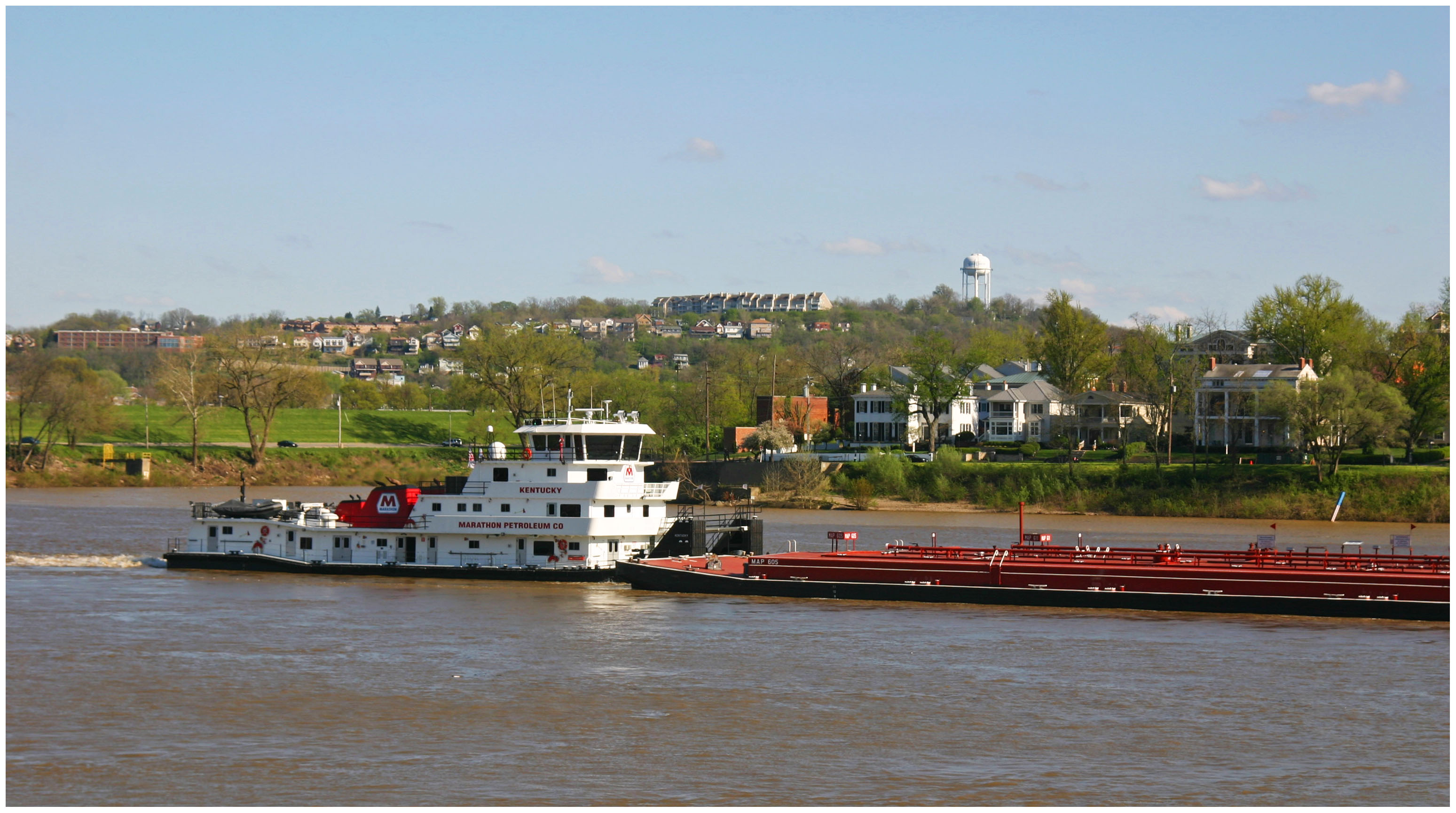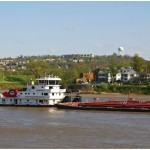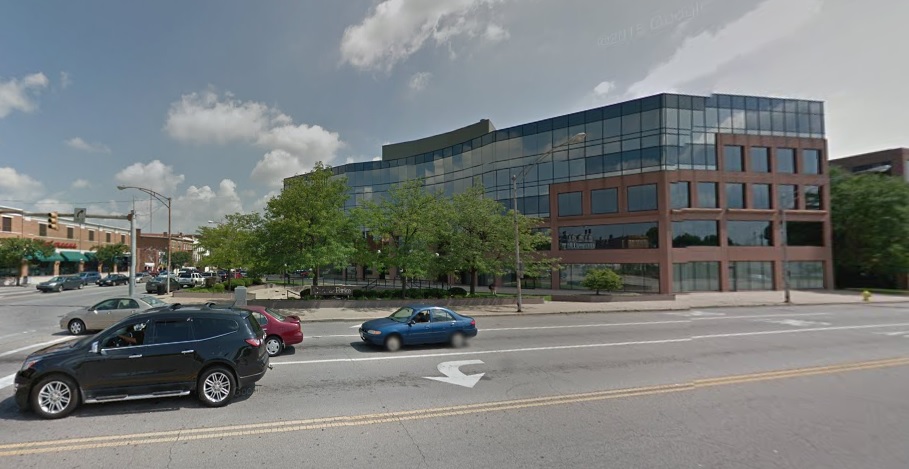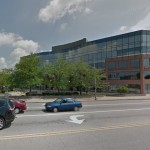Early this year, the U.S. Army Corps of Engineers designated the entire 226-mile stretch of the Ohio River between Huntington, WV and Louisville, KY as the “Ports of Cincinnati and Northern Kentucky,” greatly expanding it from its previous 26 miles. This expansion mirrors other large-scale capacity and access expansions across America’s inland ports.
In Duluth, MN work began in May on a project to enhance rail connections and the intermodal abilities of the port. The Duluth Seaway Authority, the western edge of the St. Lawrence Seaway, states that it is the largest project they have undertaken since their creation in the 1950s.
Further south, America’s Central Port, the port authority for the St. Louis region, began a new $50 million project to provide rail access to six Class I carriers and increase intermodal capabilities. And ports along the Great Lakes are seeing increased shipments of steel, grain, and salt, and are also upgrading rail infrastructure to keep up with demand.
The growth of these ports coincides with several different events. As the nation continues to recover economically from the Great Recession, traffic is increasing along most of America’s transportation corridors; and rail-river/lake intermodal traffic is becoming increasingly popular.
This trend is evidenced in the US Department of Transportation’s recent designation of the Mississippi River as a “container-on-vessel route,” which will provide a vast corridor for container shipping by barge along the entire Mississippi River system. Founded in 1999 to stimulate economic development in Illinois, Iowa and Missouri, the Mid-America Port Commission plans to create even more port authorities in the near future along the Mississippi River.
The congestion in Chicago’s rail yards and limited real estate along Lake Michigan is also contributing to growth in other Midwestern ports. Also looming in the background of these expansion decisions is the soon-to-be-opened Panama Canal expansion, which is expected to increase traffic within all of America’s ports and transportation corridors.
This recent expansion of Cincinnati’s port authority makes it the second largest inland port in the United States, and is expected to enable the region to take better advantage of these trends and help serve as a catalyst for economic development.
The problem for the Port of Greater Cincinnati Development Authority, however, is a continued lack of dedicated funding stream. This limits the organization’s ability to pursue economic development projects that have come to define its core mission.
REDI CEO Johnna Reeder spoke to this at an August meeting for the Port of Greater Cincinnati Development Authority, for which she serves as a board member. At that time Reeder said that the region must do a better job at attracting manufacturing jobs and wants the Port Authority to play a larger role in doing just that.
A proposal to lease the bulk of Cincinnati’s parking assets was approved in June 2013 and would have provided such a revenue stream for the Port Authority. This deal, however, was later cancelled upon the arrival of newly elected Mayor John Cranley (D) and affirmed by a majority of City Council in December 2013.



